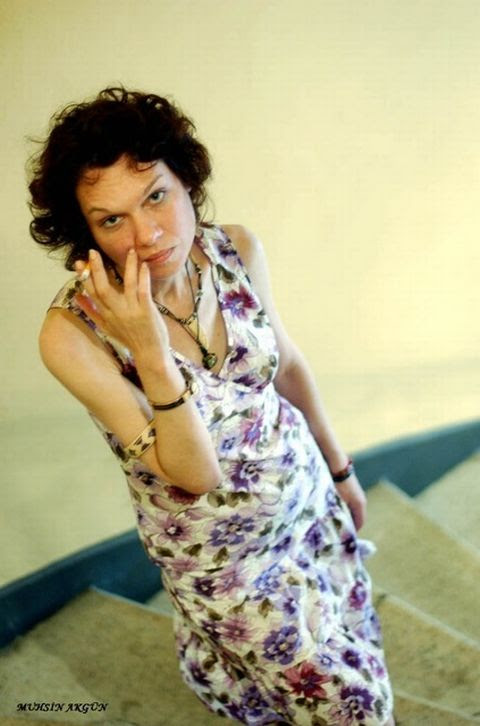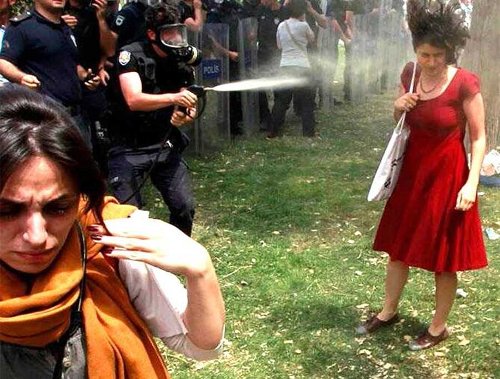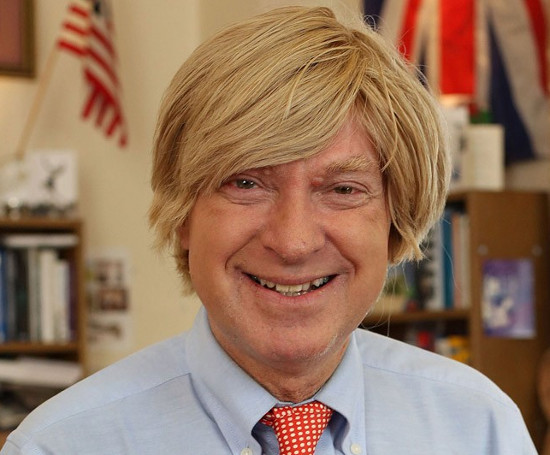
Michael Fabricant Conservative MP for Lichfield wrote on Huffington Post: A Message To The Luvvies – If You Can’t Say Anything Constructive, Don’t Say Anything At All – @Mike_Fabricant
“Can you do my hair like this,” really is the classic client request! It’s one of those heartfelt, emotional pleas that goes something like this, “I want my hair to look totally natural, like Jennifer Aniston’s,” and there it is, that name, ‘Jennifer Aniston’, probably my most requested hairstyle! Over the years there have been many others, Jane Fonda, Joanna ‘Purdy’ Lumly and Farrah Fawcett have got to be up there with the most requested, as have Mary Quant’s French Bob and Mia Farrow’s urchin style cut.
My first ‘can you do my hair like this’ request, was in 1974 when I worked for Ricci Burns, for a Mia Farrow, who played Daisy Buchanan in The Great Gatsby. My saddest was in 1978, when a gaunt, mousy looking woman brandished a cut-out of Farrah Fawcett-Majors and said, “My husband wants me to look like this.”
Most hairdressers love pictures of celebrity hairstyles, they’re great conversation starters. I love them. However, all photographs need interpreting and putting into context: who’s the person. why was the photograph taken. what are they selling. is it their normal, everyday hair. has the image been altered, enhanced? And when I’m presented with a celebrity’s picture, my aim is to translate it into a style for my client.
Over the last ten years, or so, we’ve seen the rise of social media, which has had a profound impact on television, mainstream journalism, the celebrities themselves, and of course the general public. The image of the self (the selfie) – user-generated photos – take on a new meaning and importance – everyone and anyone can suddenly become a celebrity!
I find myself questioning celebrity culture; I wonder why so many celebrities feel they have the qualifications to tell us how to live our lives and what to think? Is it because they have transcended their own selfishness and become ‘global’ brands? (They’ve disappeared up their own arses and come out the other side, like a gurner in a horse collar.) Or is it because we all love a liberal nonconformist, an anti-establishment provocateur, a court jester on a short leash?
I feel that there’s a dichotomy between how celebrities like: Lily Allen, Russell Brand, Charlotte Church, Bob Geldof, Eddie Izzard (to name the bloody obvious, but there are many more), live their lives and how they expect us to (and how we are able to) live ours.
BTW, I’ve never been asked for a Michael Fabricant ;)

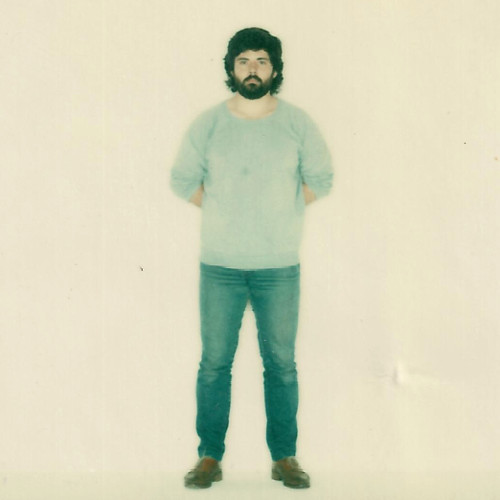
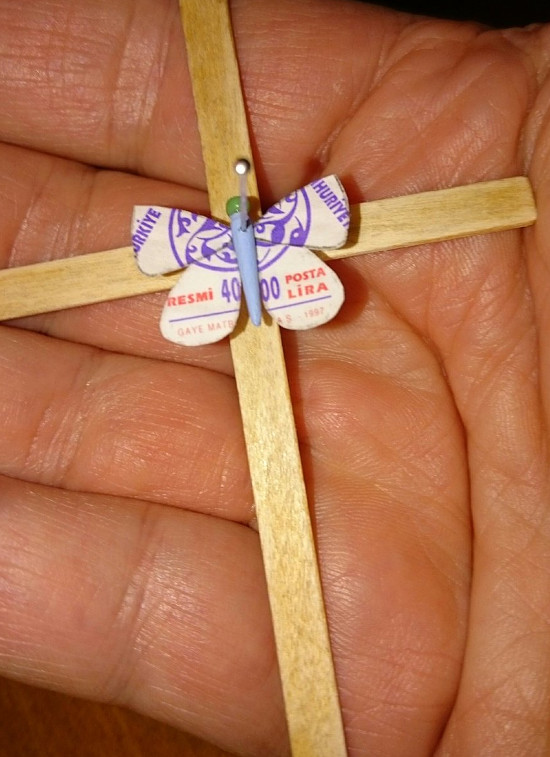
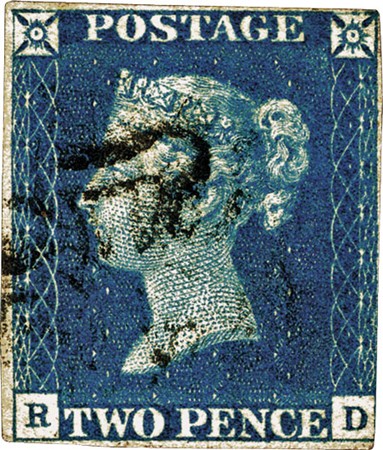 The Two Penny Blue or Tuppenny Blue. The world’s second official postage stamp 1840.
The Two Penny Blue or Tuppenny Blue. The world’s second official postage stamp 1840.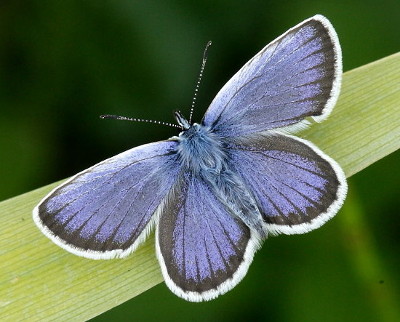 The rare Silver-Studded Blue Butterfly. It’s small, the wingspan is about 30mm.
The rare Silver-Studded Blue Butterfly. It’s small, the wingspan is about 30mm.